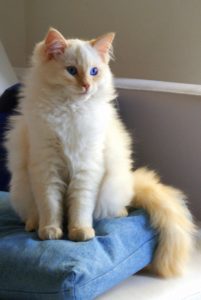
Large brown white Ragdoll cat with long hair. Photo: Light Hound Pictures/Shutterstock
Ragdoll classification
The Ragdoll Cat is classed as Group 1 (RAG) by the Australian Cat Foundation (ACF).
Ragdoll cat history
Ragdolls were developed in the 1960’s by Ann Baker; a breeder in Riverside California. The origin of the Ragdoll breed consisted almost entirely of free-roaming cats.
Ann bred Josephine, a domestic long-haired white female that was found running loose in her neighbourhood, to other cats she owned or found. The offspring of this female had unique temperament traits that were very endearing. By selecting individuals with the look, temperament and criteria she wanted for her breeding program, she created the Ragdoll breed.
Ragdoll physical characteristics

Flame Point Ragdoll cat. Photo: Cassia Afini via Wikipedia creative commons.
Ragdolls are large, semi-longhaired cats with captivating blue eyes. The Ragdoll is a pointed breed, which means that the body is lighter in colour than the points (the face, legs, tail and ears).
The Ragdoll cat is carefully bred to produce large affectionate animals in three patterns, two with white (gloved and bi-colour) and one with no white (colour point). The ideal Ragdoll is a well-balanced cat, with no extreme features.
Altered males will usually top the scale at 7-9 kilos; females are proportionately smaller and usually weigh between 5-7 kilos at maturity. Ragdolls are slow-maturing, reaching full coat colour at two years, and full size and weight at four.
Ragdoll personality traits
Ragdoll cats tend to be more interested in humans than some breeds of cats. They are known to run to greet you at the door, follow you from room to room, flop on you, sleep with you, and generally choose to be where you are.
Many Ragdolls have been taught to come when called and play fetch. They are gentle cats and usually play without extending their claws. Ragdolls tend to be floor cats, not jumpers and can be quite reasonably categorised as laid-back and well-behaved.
Note: All cats are individuals. While there is a great difference between cat breeds there is also a difference in temperament within breeds. Temperament is affected by a number of factors, including heredity, training, and socialisation.
Ragdoll care
Diet – Ragdoll cats have special needs in terms of nutrition so that they can stay healthy and at a normal weight. Since they do tend to have health problems, feeding them the correct food can assist in keeping those issues at bay.
Since Ragdoll cats tend to be larger and more muscular, they need plenty of meat, which provides protein they require for energy and development, as well as muscular health. Cats are also like humans when it comes to the vitamins and minerals in their food – they need them to stay healthy, so it is important to keep that in mind when shopping.
Wet (canned) food does a better job of providing this type of nutritional need to your cat, as opposed to dry foods, which tend to have large amounts of grains and fillers in them that might not be a complete and balanced diet, but can cause your companion to fill up on food that isn’t providing complete nutrition, and can cause him or her to gain weight. Talk to a veterinarian about the nutritional requirements for a Ragdoll cat.
Grooming – The Ragdoll’s semi-long coat is plush and silky, and requires minimal grooming to keep it looking its best. They should be combed with a steel comb on a regular basis to find and remove any loose hair or tangles.
Shedding – Quality coats consist mainly of long, soft guard hairs. Ragdolls, just like all breeds of cats, will shed, usually with the change of seasons. The absence of the thick, dense, insulating undercoats results in reduced shedding and matting.
Exercise and Games – There is a range of games that all cats should enjoy both inside and outside. Such games involve waving feather wand toys or other cat toys that require the cat to leap in the air and try to capture the flying object; hide and seek, pouncing, jumping and scrunching soft toys and paper are all worthwhile activities, remembering that cats have more energy to play at the beginning and end of each day. Try playing with your cat twice a day for 15 minutes around the same time each day.
Here are some further ideas to entertain your cat and 10 tips to keep your cat happy.
Ragdoll health issues
When it comes to the health needs of your Ragdoll, you should consider that there are several conditions that seem to be predominant in them. This means that your cat will require special nutrition, care, and regular visits to your veterinarian.
Ragdoll cats seem to have a tendency to develop some health conditions more frequently than other breeds. Those conditions include:
- Hypertrophic cardiomyopathy, which is a type of heart disease
- An increased risk for bladder stones
- A predisposition to developing feline infectious peritonitis
- Feline mucopolysaccharidosis (a disease that can cause eye problems, joint difficulties or paralysis)
The average life expectancy of a ragdoll is 15 to 20 years if kept indoors. Outside cats usually have much shorter lifespans since they are exposed to the elements and other animals.
Ragdoll suitability
The floppy and relaxed good nature of this cat breed give the Ragdoll such an appropriate name. The Ragdoll is a big, gentle cat with striking blue eyes who can get along with everyone, including other animals, traits that make this cat adaptable to almost any home.
Always supervise interaction between a young child or other animals and your new kitten! Find out more about creating smooth introductions in our Paw Perfect Introductions podcast with renowned animal behaviourist Dr Joanne Righetti.
More details on the Ragdoll breed
Cat adoption in Australia
Visit www.petrescue.com.au for a listing of cats and dogs available for adoption Australia wide.


